Contract vehicles with white plates operate as fixed routes.
At the seminar "Managing contract vehicles: What is an effective solution" held in Hanoi today (August 21), Ms. Do Huong Giang - Deputy Head of the Transport Management Department of Hanoi Department of Transport informed that in Hanoi there are currently over 37,000 contract vehicles, of which 18,000 are vehicles with less than 9 seats. There are 3,300 fixed-route vehicles. The number of contract vehicles is many times greater than fixed-route vehicles, and the number of contract vehicles with less than 9 seats is greater than that of taxis.
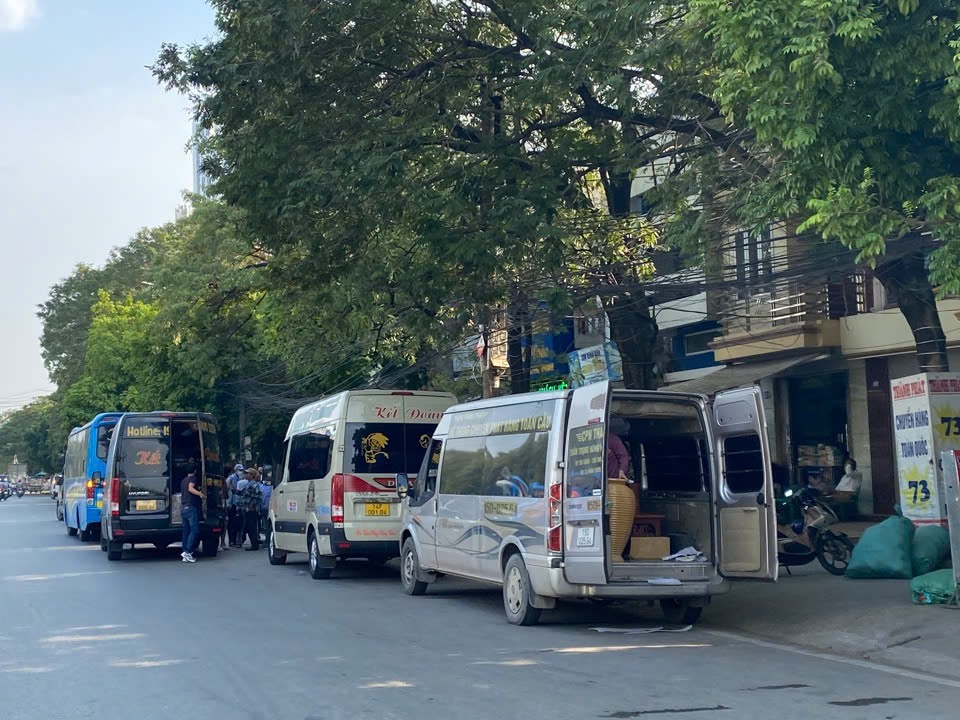
Contract vehicles operate under the guise of picking up and dropping off passengers on fixed routes.
According to Ms. Giang, there are still white-plate cars operating in the area to transport passengers secretly, not in accordance with regulations, but management sanctions are extremely difficult.
"The number of private vehicles is currently very large, hundreds of thousands of vehicles, much larger than contract vehicles. Letting them freely connect with each other is difficult to manage. Hanoi has had a special project 05, against illegal buses and stations, but only within the scope of yellow-plate vehicles. White-plate vehicles cannot be controlled, due to many civil factors," Ms. Giang said, affirming that this is something that the management agency is very concerned about.
Sharing about transportation business activities, Mr. Nguyen Cong Hung - Vice President of Vietnam Transport Association said that a fixed route business entering the station must register the chart, route, time, and be negotiated...
The process is very complicated. Meanwhile, limousines do not need to be registered. So limousines just exploded.
A small province like Phu Tho has 1,000 shared cars. Right next to Noi Bai airport there are also more than 1,000 shared cars, the same number as in the airport.
Mr. Nguyen Cong Hung
Sharing the same view, Mr. Nguyen Hoang Anh - Deputy Head of Vehicle and Driver Management Department, Vietnam Road Administration expressed that passenger buses in the station are following the law by departing at fixed times, but contracted buses can "break the rules" and run at will. Currently, bus companies are selling tickets online, so there is no need to worry about queuing to buy tickets, causing congestion. Therefore, any bus with enough passengers will be allowed to go.
According to Mr. Hoang Anh, contract vehicles transport many types of passengers such as tourists , workers, students. The scope of operation is wide, regular, routes, alleys, many time frames. From there, contract vehicles run like fixed vehicles.
Determining contract vehicles, currently only business license tax is paid. Fixed route vehicles must pay other taxes. To determine that this vehicle is carrying contract passengers, one must have good professional skills. A vehicle is identified as a contract vehicle but the driver says it is going for repairs or transporting family members, determining the behavior is very difficult.
Ensuring fairness among business types
Believing that it is necessary to strictly control the operation of contract vehicles with white plates, otherwise in the near future there is a risk that taxis will abandon their signboards and fixed vehicles will abandon their stations to operate flexibly, Mr. Nguyen Cong Hung - Vice President of the Vietnam Transport Association expressed: The National Assembly has assigned the Government to study vehicles with less than 9 seats as a new type. This type needs to have a clear name to collect taxes.
At the same time, according to Mr. Hung: It is necessary to clearly define the concept of contract vehicles. If they collect passengers, it is a violation. If they enter the station, businesses need to report any difficulties so that the local authorities can make adjustments. We propose that the local authorities have specific regulations for businesses to comply with.
Mr. Nguyen Tien Dung - Director of Van Anh bus company expressed that the nature of contracted vehicles and fixed-route vehicles is not much different, but operating contracted vehicles is much more efficient in terms of investment. The investment is the same, but the business of contracted vehicles is many times higher, vehicles entering the station incur many types of taxes and fees: station, ticket VAT, corporate income tax... Enterprises bear many taxes and fees, making it difficult to reduce prices to compete with contracted vehicles. Contracted vehicles do not depend on the time, there is nothing to limit customers contracting with the enterprise, the more turns around, the lower the ticket price.
"The management agency needs to open up to fixed vehicles in some way, so that fixed vehicles can be more flexible and compete with new types. My unit operates 70,000 - 80,000 passengers/month, and must go to the station. If it cannot go through the center, it will lose dozens of shuttle vehicles and incur many costs," Mr. Dung suggested.
Meanwhile, Mr. Do Van Bang, Director of Minh Thanh Phat Company and Services (Sao Viet bus company) said: "Currently, Sao Viet Company operates 21 buses at My Dinh bus station. We have to increase 41 buses to meet customer demand, but developing 41 buses is not an easy story because it is related to planning. Passengers cannot wait for us and choose other forms, businesses must also meet passenger demand. When opening more contract buses, we must comply with regulations with business licenses, passenger contracts...".
Therefore, Mr. Bang believes that fixed-route and contract businesses both need to exist to serve the needs of passengers. But the important thing is that management ensures harmony in terms of interests and equality.
From the perspective of bus station management, Mr. Nguyen Van Lap - Director of Nuoc Ngam Bus Station expressed: The current solution that needs to be discussed is parking and drop-off points for contract vehicles. I think that the bus station should not only be for fixed-route vehicles but also for other legal passenger vehicles to enter the station. If done so, there will be no loss to the bus station and the businesses will operate more legally. This will harmonize the benefits for other vehicles. Tax authorities will also find it easier to manage when vehicles enter the station. In addition, it is possible to change the parking and drop-off of passengers, not just needing one floor, but can be raised to multiple floors.
"State agencies need to handle the balance between fixed-route vehicles and contract vehicles. Contract vehicles only need to be allowed to park for 10-15 minutes at the station. This way, businesses will not have to worry about departure times; as long as there are enough passengers, the vehicles will be allowed to run," Mr. Lap suggested.
Mr. Nguyen Xuan Thuy - Deputy Director of the Department of Transport said: We guide the market, not let the market guide. We will advise on organizing traffic with contract vehicles. We can meet passenger demand but it must be on time.
Regarding the idea of strong sanctions for businesses in terms of revoking badges and the idea of whether to implement them or not, Mr. Thuy expressed that it will continue to be studied and included when drafting legal regulations. We will implement it in the direction of reducing penalties for businesses but still having enough deterrence. For cars with less than 8 seats, being allowed to use shared cars while taxis declare prices, it will be implemented according to the instructions of the decree guiding the Law on Prices and decided by the People's Committees of provinces and cities.
Under the direction of the Ministry of Transport, the Hanoi Department of Transport Inspectorate is the first unit to conduct inspections of violations through journey monitoring devices. Interdisciplinary teams have visited businesses to request that they provide journey monitoring devices and vehicle registration numbers to monitor journeys.
Since the beginning of the year, the Hanoi Department of Transport Inspectorate has handled more than 1,870 violations, imposed fines of 6.5 billion VND, detained 27 vehicles, revoked the driving licenses of 300 cases, and revoked the badges of dozens of vehicles.
In the coming time, the Hanoi Department of Transport will continue to increase inspections at business units and through journey monitoring devices to handle violations.
Source: https://www.baogiaothong.vn/ban-giai-phap-quan-chat-xe-hop-dong-19224082114202369.htm


![[Photo] President Luong Cuong presents the 40-year Party membership badge to Chief of the Office of the President Le Khanh Hai](https://vphoto.vietnam.vn/thumb/1200x675/vietnam/resource/IMAGE/2025/5/19/a22bc55dd7bf4a2ab7e3958d32282c15)
![[Photo] Close-up of Tang Long Bridge, Thu Duc City after repairing rutting](https://vphoto.vietnam.vn/thumb/1200x675/vietnam/resource/IMAGE/2025/5/19/086736d9d11f43198f5bd8d78df9bd41)

![[Photo] General Secretary To Lam attends the conference to review 10 years of implementing Directive No. 05 of the Politburo and evaluate the results of implementing Regulation No. 09 of the Central Public Security Party Committee.](https://vphoto.vietnam.vn/thumb/1200x675/vietnam/resource/IMAGE/2025/5/19/2f44458c655a4403acd7929dbbfa5039)
![[Photo] Panorama of the Opening Ceremony of the 43rd Nhan Dan Newspaper National Table Tennis Championship](https://vphoto.vietnam.vn/thumb/1200x675/vietnam/resource/IMAGE/2025/5/19/5e22950340b941309280448198bcf1d9)
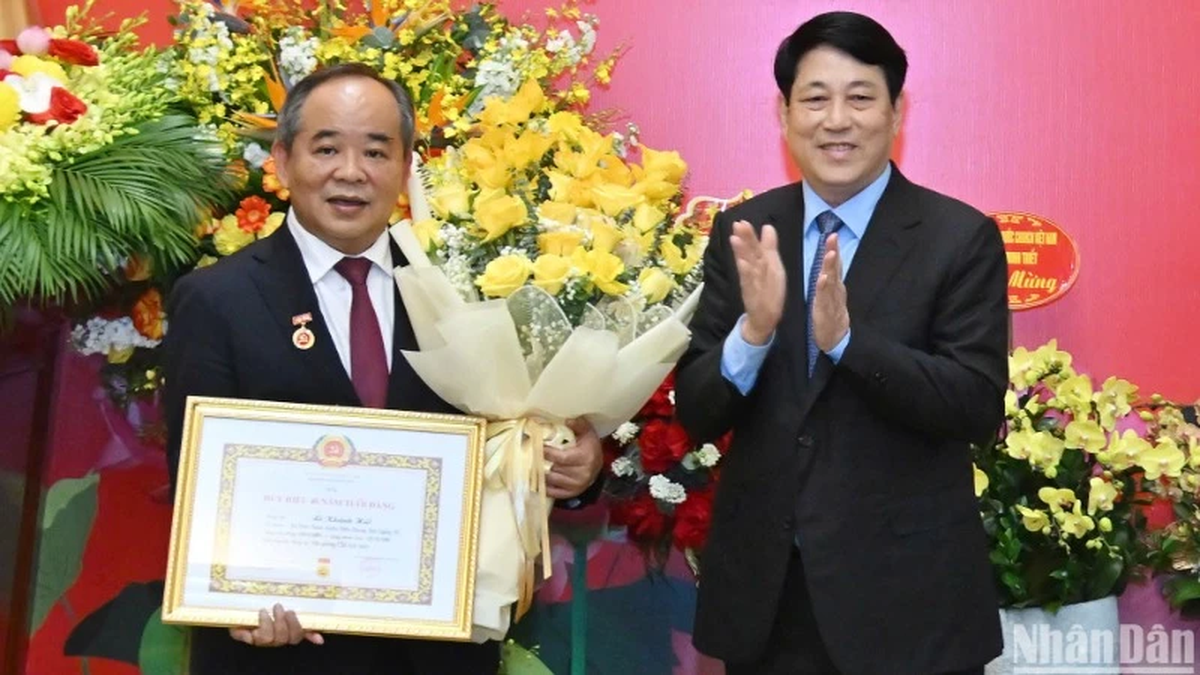











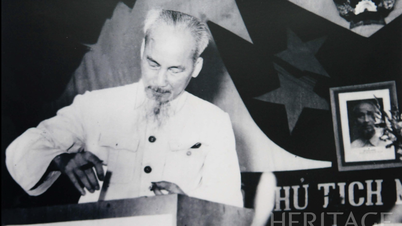


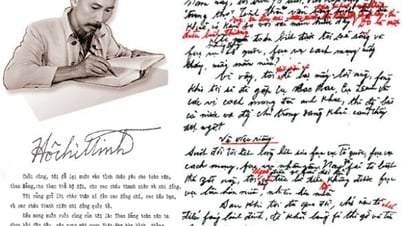

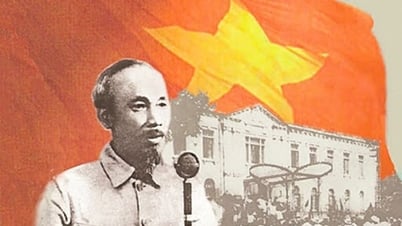


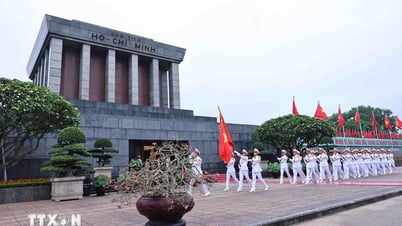





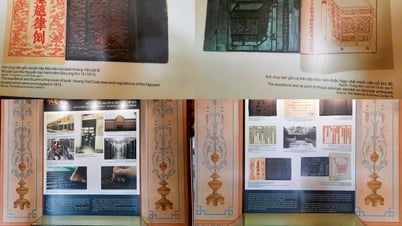
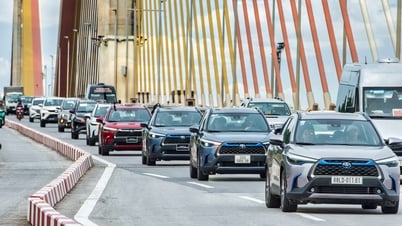




![[Photo] Prime Minister Pham Minh Chinh inspects the progress of the National Exhibition and Fair Center project](https://vphoto.vietnam.vn/thumb/1200x675/vietnam/resource/IMAGE/2025/5/19/35189ac8807140d897ad2b7d2583fbae)



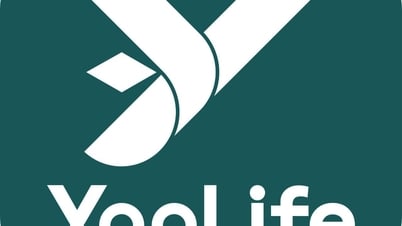


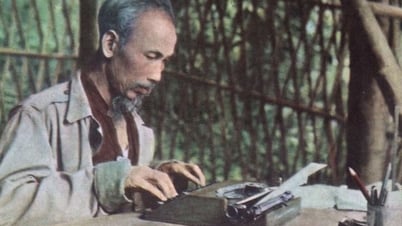









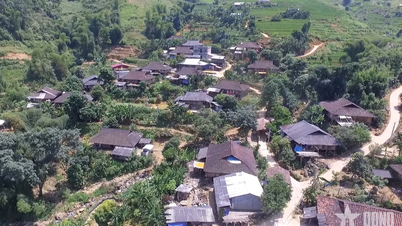




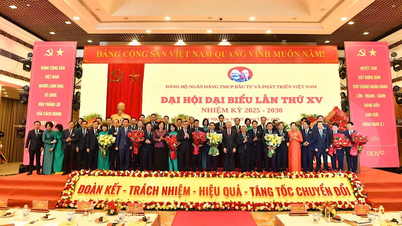







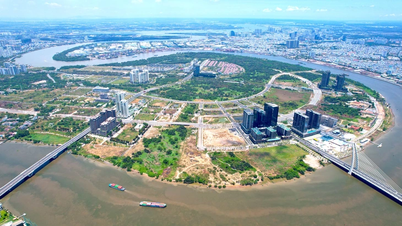

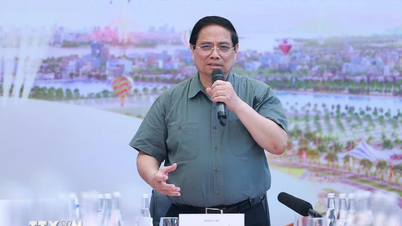
























![[VIDEO] - Enhancing the value of Quang Nam OCOP products through trade connections](https://vphoto.vietnam.vn/thumb/402x226/vietnam/resource/IMAGE/2025/5/17/5be5b5fff1f14914986fad159097a677)


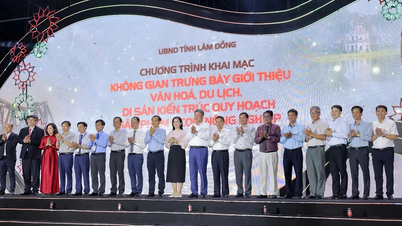
Comment (0)